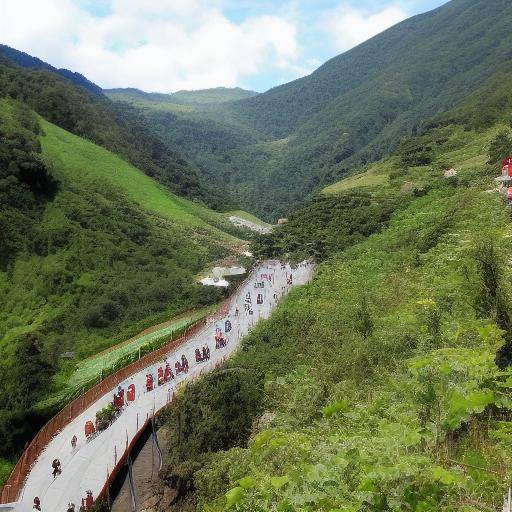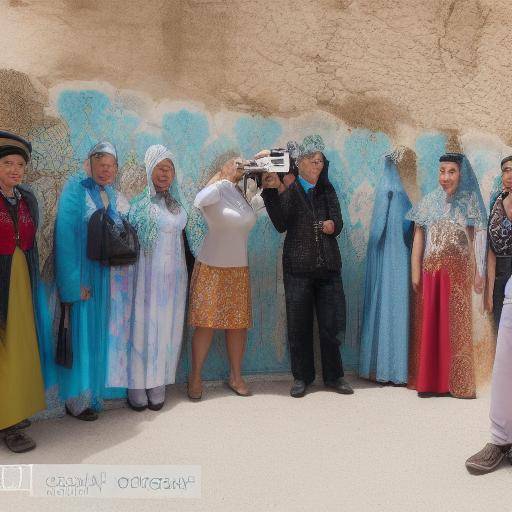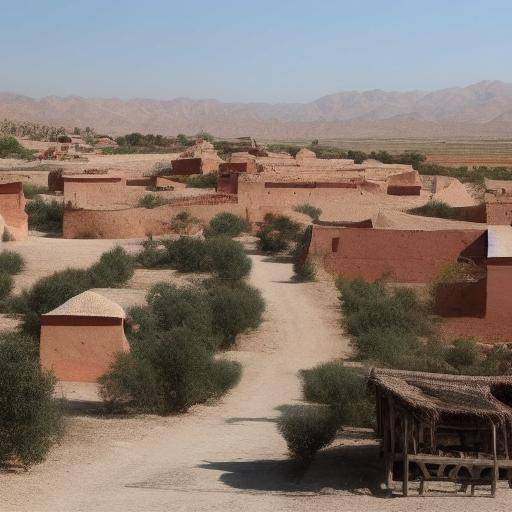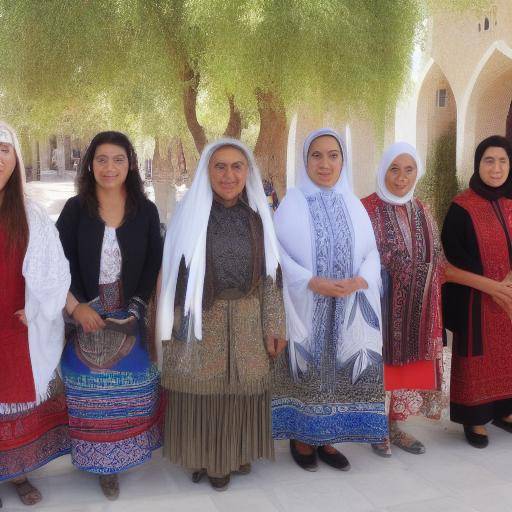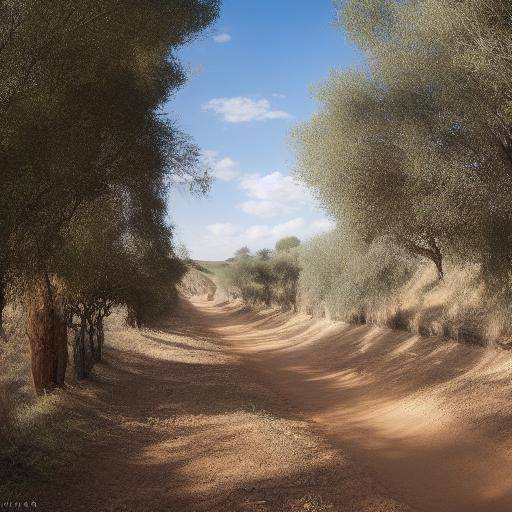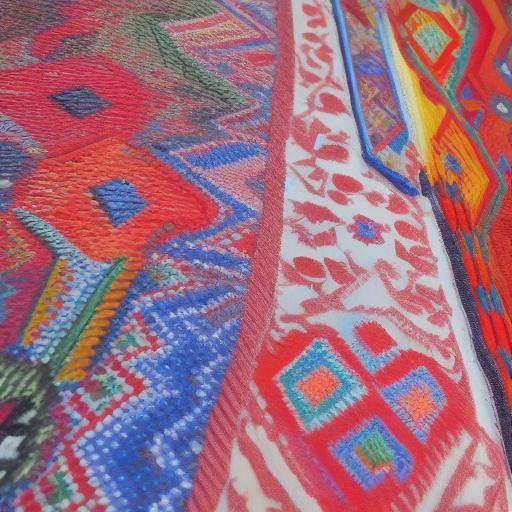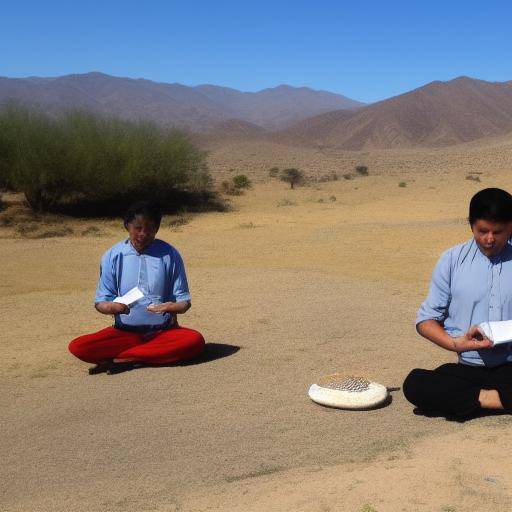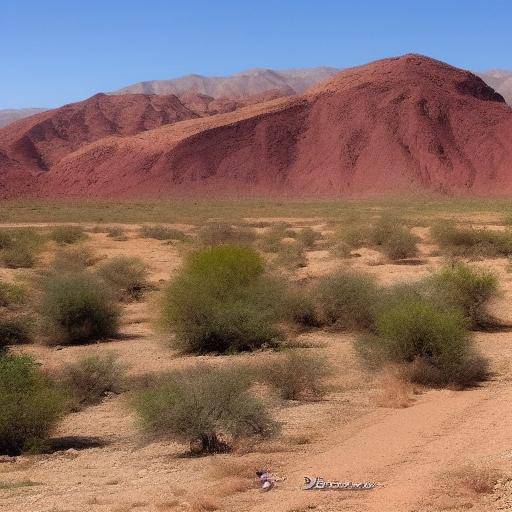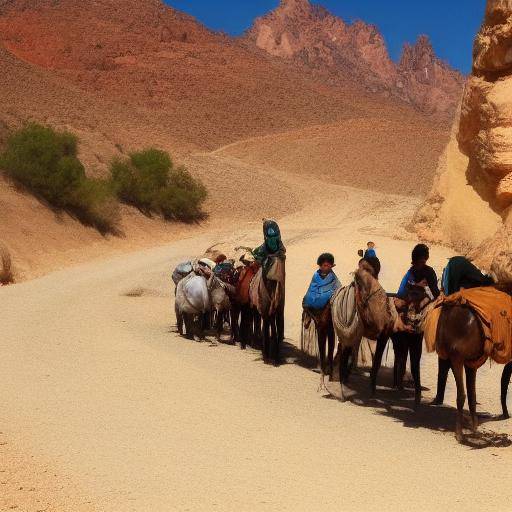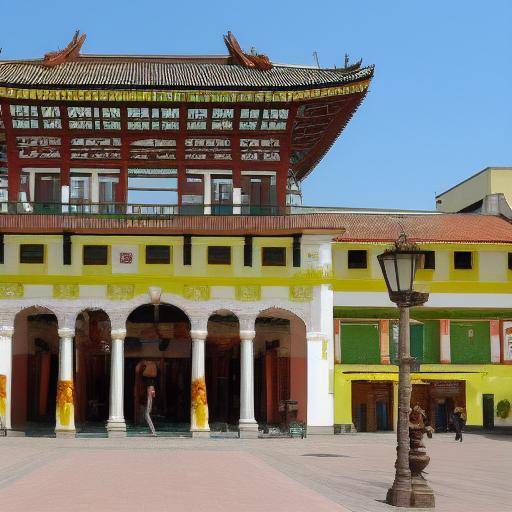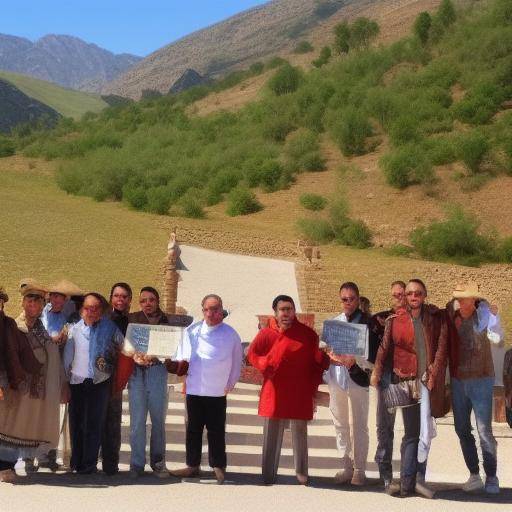
The Silk Road is one of the most important commercial routes in history, which connected Asia with Europe since ancient times. Within this route, Samarcanda, located in Uzbekistan, is a destination that captivates its rich cultural and gastronomic heritage. In this article, we will thoroughly explore the Silk Road, the city of Samarkand and tourism in Uzbekistan, discovering all its charms, history and delights that it offers to travelers. From its historical monuments to its exquisite dishes, immerse yourself in this fascinating journey through one of the most evocative regions in the world.
Introduction
Located in Central Asia, Samarkand has been a nerve point in the Silk Road and a crucible of civilizations over the centuries. With impressive historical monuments and a gastronomy that merges Arab, Persian and Turkish influences, this city arouses the interest of travelers from around the world. We will thoroughly explore this cultural and gastronomic jewel, as well as the Silk Road in general, so you can plan an unforgettable experience in Uzbekistan.
History and Background
The Silk Road, a network of trade routes connecting East and West, arose around the second century BC as a result of trade between China, India, Persia, Arabia and Europe. Samarkand, one of the oldest cities in the world, became one of the main shopping centers on this route. Known as Afrasiab in ancient times, the city has been the scene of great empires and civilizations, such as the Sassanids, the Arabs, the Mongols and the Turks.
Discover with us the fascinating stories that have forged the identity of Samarkand and its role in the Silk Road. From the legendary Riqueza de Samarkand to the influence of Tamerlán, one of the most important conquerors in Central Asia, we will explore the historical milestones that have left an indelible mark in this city.
Deep analysis
The Silk Road, with its more than 7,000 kilometres, was not only a commercial corridor, but also a path of cultural and technological exchange that transformed the connecting societies. We will analyze the impacts of this route in the economic, social and cultural fields, as well as its influence on the geopolitical configuration of the regions it was going through.
Comprehensive review
The exquisite silk carpets, aromatic spices, ceramics and artistic influences are just some of the manifestations of the cultural legacy left by the Silk Road. We will travel through time to discover the importance of these manifestations and how they have endured until today.
Comparative analysis
We will compare the cultural and gastronomic diversity of Samarcanda with other cities of the Silk Road, analyzing how the influences have been intertwined to create a unique identity in each place.
Practical Tips and Accessible Tips
How to plan your trip to Samarkand? Discover the unforgettable places, authentic gastronomic experiences and cultural activities that will make your trip an unforgettable adventure.
Perceptions and Expert Reviews of the Industry
We have consulted experts in history, culture and tourism to give us their knowledge and help us understand the importance of Samarkand and the Silk Road today.
Case Studies and Real Life Applications
We will explore fascinating cases of people who have undertaken the trip to Samarkand and have experienced the magic of the Silk Road in the first person.
Future Trends and Predictions
Discover how the journey through the Silk Road and the visit to Samarkand are evolving into a globalized world, and what we can expect in the future.
Conclusions and FAQs
In short, the Silk and Samarkand Route offers a unique experience full of history, culture and gastronomy. We hope this article has aroused your curiosity and given you a deeper insight into these fascinating destinations.
Frequently asked questions
1. What makes the Silk Road so important in the history of humanity?
The Silk Road played a crucial role in the cultural and commercial exchange between the east and the west, transmitting ideas, technologies and goods through vast distances, which changed the history of the world.
2. What are the most outstanding monuments in Samarcanda?
Samarcanda hosts architectural wonders such as the Plaza Registán, the Tomb of Gur Emir and the Bibi-Khanym Mosque, which are testimony to its rich past.
3. What typical dishes should I try in Samarkand?
You can't miss plov, lagman, somsa and shashlik, among other delicious dishes that reflect Uzbekistan's rich culinary tradition.
4. What is the best time of the year to visit Samarkand?
Spring and autumn are usually the ideal seasons to travel to Samarkand, as the weather is temperate and pleasant.
5. Are there tourist tours specializing in the Silk Road?
Yes, there are specific routes that will take you along the Silk Road, giving you the opportunity to discover its historical and cultural treasures.
6. How is the hospitality of Uzbeks towards travelers?
Uzbeks are known for their warm hospitality and kindness to visitors, which often makes the travel experience even more enriching.
With these frequent questions, we hope to have clarified your doubts and provided valuable information for your next trip to the Silk and Samarkand Route.
In conclusion, the journey through the Silk Road in Samarkand is an experience that combines history, culture and exceptional gastronomy. Through this article, we have explored in depth the importance of this millennial route, the city of Samarkand and the wonders that Uzbekistan offers to modern travelers. As this destination continues to capture the imagination of the adventurers, we hope that this article has inspired you to venture into this mythical route and to discover the beauty and charm of Samarkand.
With this, we encourage you to plan your own journey and immerse yourself in the cultural and gastronomic wealth that Uzbekistan has to offer, while you immerse yourself in the history of the Silk Road and get rid of the magic of Samarkand.

